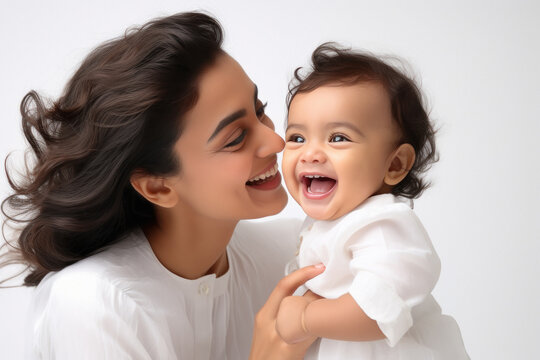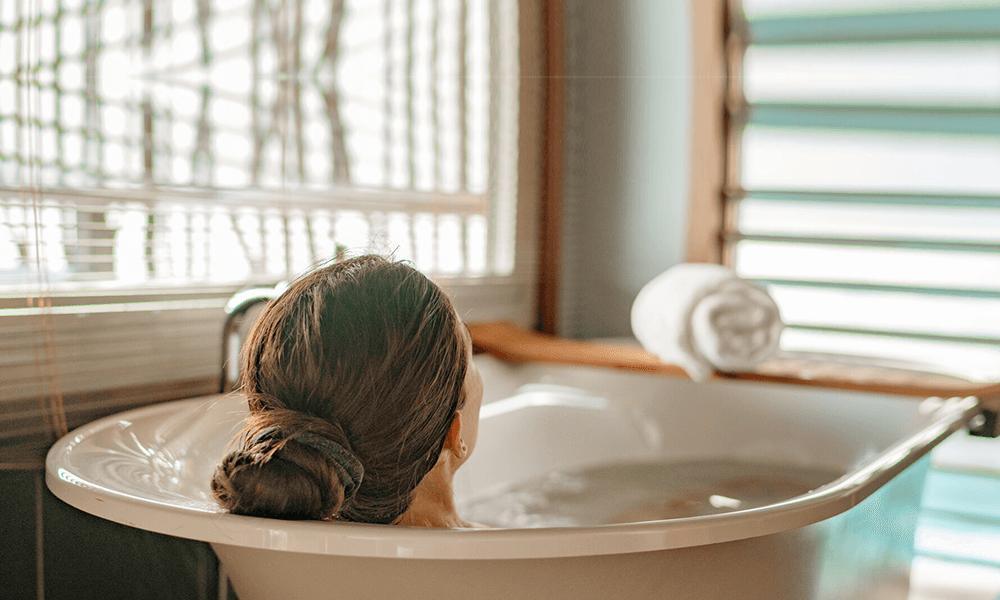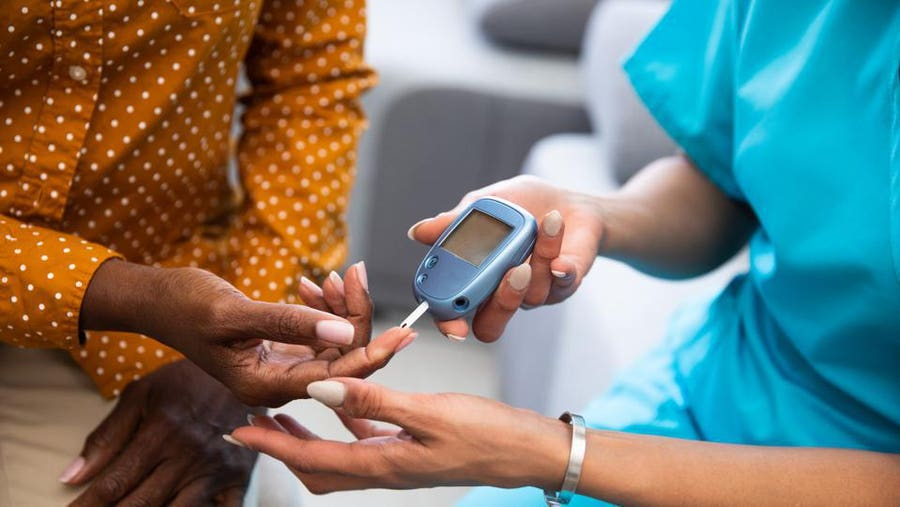A baby’s skin is so lovely, so sensitive, so sweet smelling, and oh-so-soft. But there is much more to it than that.
The structure of a child’s skin is completely different Trusted Source from that of an adult’s skin. It is a persistent microbiome, a regulator of body temperature, and an important barrier against infection. And the contact between children and their parents and caregivers is important for brain development and relationships
1.Very fine hair covers the baby at birth
Lanugo is a very fine, soft, colorless hair that the fetus develops early in development.
It’s the first type of hair a person has, and about 30% Trusted Source of babies still have theirs.
Lanugo plays an important role, holding the vernix against the skin of the newborn.
2. Babies come with a natural protective coating
Babies are born wearing 100% natural baby moisturizer – a creamy white substance called vernix caseosa, or simply vernix.
Vernix provides a Trusted Source protective coating for fetal and infant skin. In the womb, it helps protect the skin from electrolytes and other substances in the amniotic fluid.
After birth, vernix helps prevent the skin from drying out, helps the baby maintain body temperature, and promotes immunity.
In the hours and days after birth, the vernix gradually wears off with bathing and touching.
3. A child’s skin is thinner than an adult’s skin
Trusted Source has shown that newborn skin can vary from the same thickness as adult skin to 20-30% thinner Trusted Source in some areas. It is more likely to be thin in premature babies.
Skin thickness increases rapidly in the first few months of life.
4. Exposure to bacteria at birth is important for the child’s immune system
In the womb, babies have almost zero bacteria. But once a baby is born, bacteria begin to colonize their skin, creating what will become their skin microbiome, an ecosystem of beneficial microbes.
These colonizing bacteria usually come from the mother’s body – especially from the skin and vagina.
Trusted Source Experts believe that exposure to these germs is important in the development of a child’s immune system.
5. Rashes are very common
If your child has a rash, there is no need to panic.
More than half Trusted Source of babies get a harmless type of rash called erythema toxicum in the first 2-3 days after birth. It looks like red spots with small pimples in the middle but it goes away on its own.
Drool and saliva rashes are also common. And don’t get us started on diaper rash.
About half Trusted Source of babies get diaper rash at some point, often due to irritation from urine and feces. It’s usually harmless and clears up within 3-4 days, but consider seeing your pediatrician if the rash persists longer than that.
The American Academy of Pediatrics (AAP) recommends a few steps to prevent diaper rash, including keeping the skin clean and dry, changing diapers frequently, and cleaning the area gently with each diaper change.
Caring for the Unique Needs of Your Baby’s Skin
Skin conditions can look different in dark-skinned and brown-skinned children, making it difficult to diagnose and treat problems early. We’re here to empower you with the knowledge you need to confidently care for your baby’s skin.
Here are a few common skin conditions that can appear on dark skin:
Eczema: Instead of patchy redness, you may see purple, dark brown, or ash-gray areas.
Diaper rash: The rash may appear dark brown or purple instead of bright red, which is normal for light skin.
Dryness: Black and brown skin can be more prone to dryness and may need frequent moisturizing.
6. Skin color may change over time
Compared to adult skin, baby skin is thinner, drier, and has less melanin (pigment) and naturally occurring moisturizer.
All these factors can make the color different from that of adult skin.
Babies’ skin is also usually thinner than adults’ skin, so it appears red or pink due to the underlying blood vessels.
7. Baby acne is a thing
Acne in children occurs in about 20% of children at the age of 2 weeks, and appears as small red dots on the skin.
It’s usually not a cause for concern and usually goes away in a few weeks or months, according to the American Academy of Dermatology.
8. Cradle cap is not a cause for concern
Many children develop yellow, greasy, and scaly patches on the skin called cradle cap – a type of seborrheic disease. It is not irritating or contagious, and it does not cause allergies or hygiene issues.
It is harmless and often goes away on its own by 12 months of age. About 70% of 3-month-olds have childhood hood.
It can be caused by a yeast problem on the scalp or related to the excessive production of oil from the glands of the child’s head.
You can try to remove the scale on your own by massaging or gently combing, but never pick at it because it can lead to infection.


